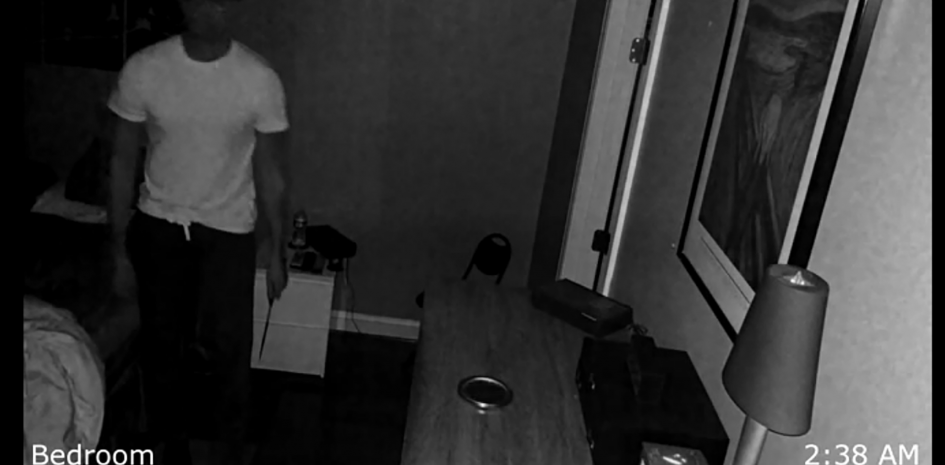An article in The Journal of Popular Culture, vol. 52, no. 5 (2019).
A preoccupation of the post-Recession horror film has been the uncanny human—proliferating involuntary doubles bereft of reason and choice. Recent horror film has exploited sleep disorders in particular as one strand of an uncanny horror that is defined by “automaticity,” action without volition. Paranormal Activity (2007), The Break-In (2016), Nightmare on Elm Street (2010), and Lights Out (2016) express late capitalist unease about the embattled terrain of sleep in the illuminated “plugged-in” era, disclosing how the notion of a voluntary self is slipping away as, all around us, versions of ourselves act in ways of which we are unaware.
Late capitalist society is what Jonathan Crary has called “an illuminated 24/7 world without shadows,” a world in which we are constantly working, consuming, watching, plugged in, a world fundamentally incompatible with sleep and darkness. The amount of time people spend sleeping is plummeting and sleep disorders are escalating. Horror film has taken up the anxiety surrounded an increasingly contested sleep—specifically, the way in which the tension between a plugged-in, illuminated world and the dark realm of sleep, of bodily exigency, is producing uncanny versions of humans who have no control over what they do.
Link: https://onlinelibrary.wiley.com/doi/abs/10.1111/jpcu.12842

Leave a Reply